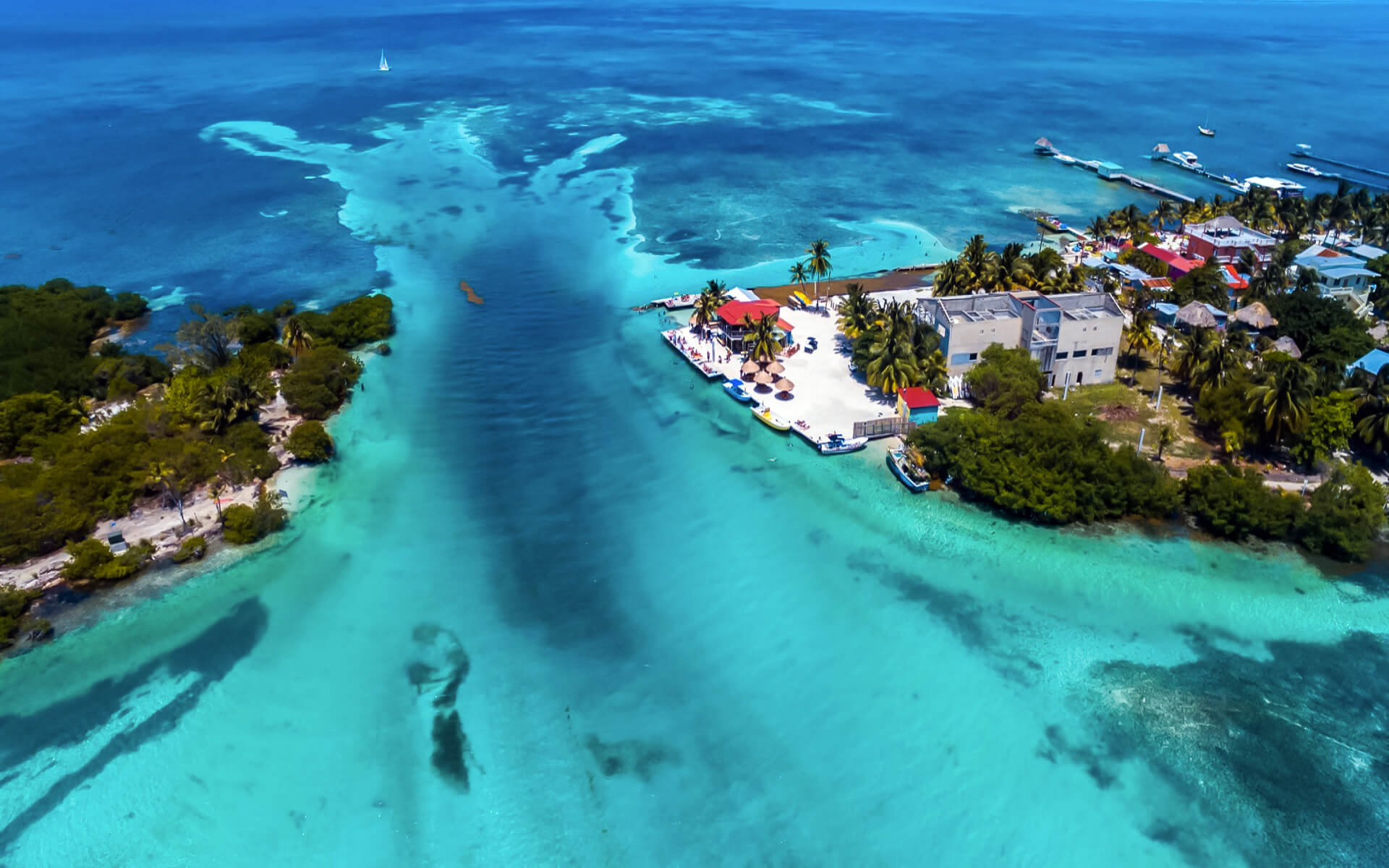Prior to tourism, the island’s major business was fishing. The island is located in the center of natural fish migratory pathways and feeding areas for conch and lobster. During WWII, fisherman on the island salvaged wreckage from torpedoed ships in the Caribbean that washed ashore. Rubber bales were the most profitable. The fishing business is estimated to sustain around 80 households on the island.
The island’s tourist industry is expanding
Tourism began on the island circa 1964, with just a few weekend tourists from the mainland Belleview Hotel, hauled out by a local boat named ‘Sailfish,’ constructed by a schoolteacher next to the then Teachers House. The first visitors were largely Belizeans working for the government. Dr. Hildebrand of the University of Corpus Christi began coming each winter with a Marine Biology Expedition of around 24 students in 1969. Backpackers arrived to the island at the same time, but only by fishing sailboat, and there was no lodging. The tourist sector was pioneered by the Alamina, Reyes, and Marin families, and the first scuba diving instruction and tours began in the late 1960s.
Tourists grew increasingly frequent as speedboats became available in the 1970s. Hippies passing through the island on their way to Isla Mujeres, Tulum, Caye Caulker, Tikal, and Lake Atitlan in Guatemala were on the so-called “Gringo Trail” (many of them making use of the easily available marijuana). Word of mouth spread the reputation.
Today, the village’s diverse economy includes lobster, fish, and tourism. Internet e-commerce is increasing slowly. Recent storms had a significant impact on lobster fishery as well as the flora. The island’s environment is gradually reverting to pre-storm conditions. The island is quickly becoming a mecca for artists and musicians. There are a few up and coming lyrical artists on the island, such Alexander Joseph, commonly known as “Bobbo youngster,” and ILYA Rosado, a.k.a. “ILLA-G,” who have created a local islander fan following with their rap and reggae style music.
Caye Caulker Airport’s tiny aircraft and asphalt-paved airstrip may look insignificant to tourists used to jet airliners and huge concrete runways, but the barrier island system supports a vibrant network of air transportation with a variety of journey times. There is a regular water taxi service offering transportation to and from the island for customers who prefer a route more typically used by residents. Taxis are accessible at the main Belize City airport. The speedboats utilized can transport up to 50 persons. The boat normally has two or three powerful engines and travels in 45–50 minutes.
Walking is the primary form of transportation on the island. The trails are nicely marked, and traversing the island takes no more than 20 minutes. Bicycles and golf carts are also widely available and may be leased. Visitors who are prone to sunburn should exercise care since the island is completely made of white coral sand, and reflected sunlight may induce minor sunburns even in the shade. The island is also a popular launch point for scuba diving trips to the Great Blue Hole, with several expeditions each week.


